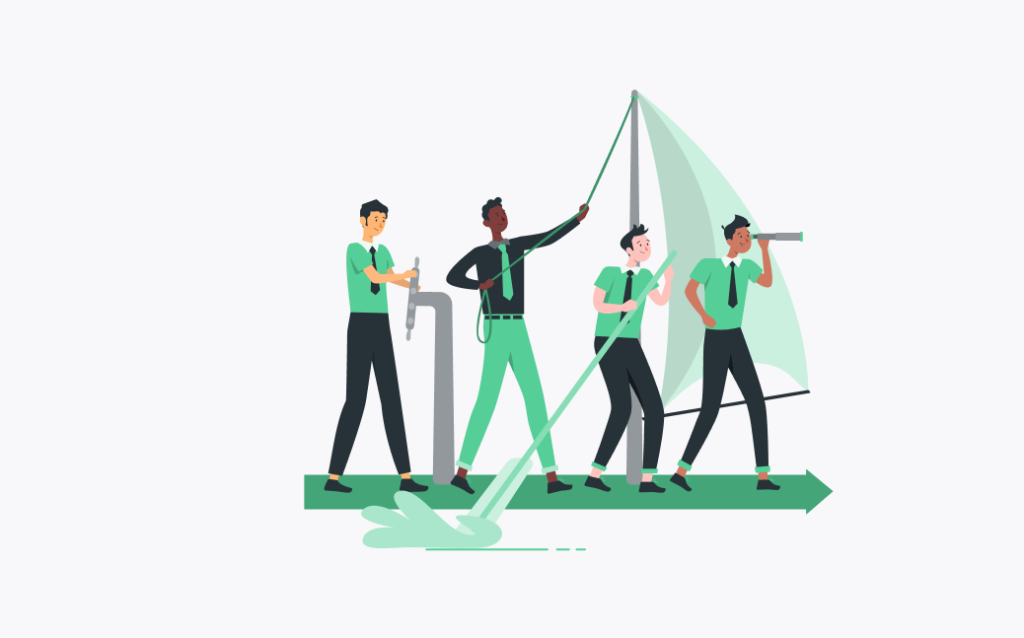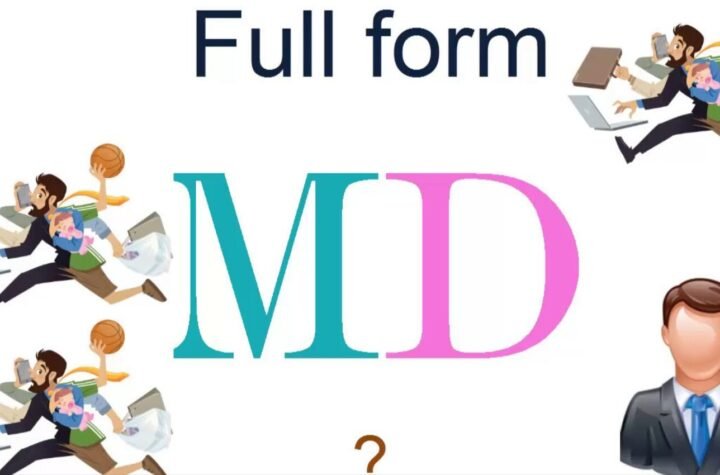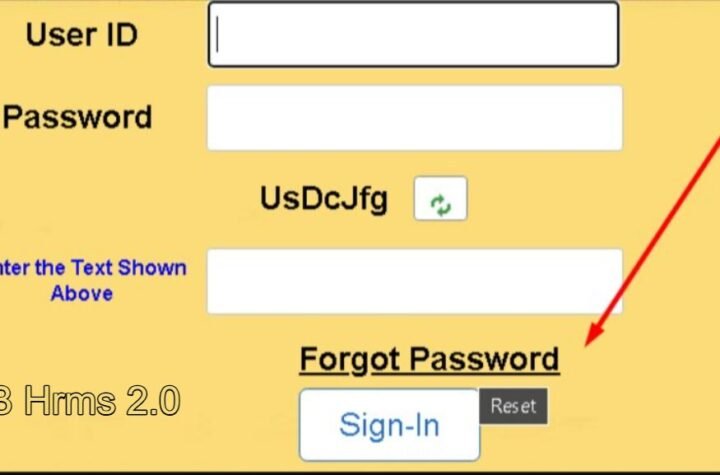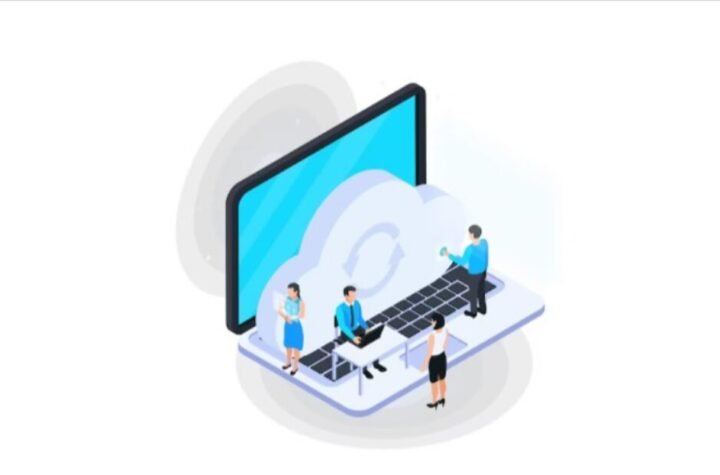
Navigating the Dynamic Terrain of Employee Experiences
Your employees are one of your greatest assets. Without them, your organization would likely come to a halt. At the very least, it would experience grave challenges in meeting its obligations, including customers’ needs. While being mindful of employees’ experiences seems like a no-brainer, too often, it’s not looked at holistically.
A worker’s experience starts before their first day and is more than their interactions with HR. Although the employee lifecycle and journey come into play, significant differences exist between the two. Understanding those differences will help your company create better worker experiences from start to finish. Keep reading to explore the main distinctions between the employee lifecycle and journey.
Also Read: XRP Price Prediction $500
Lifecycles Are Linear
When you think about a product’s lifecycle, textbooks will depict it linearly. You go from concept to prototype to launch. Once your product is in the market, it goes from its introduction to the adoption phase. Eventually, the product’s lifecycle reaches a peak adoption or use rate, begins to decline, and goes into retirement.
The employee lifecycle also unfolds in a straight line. They see your job opening and apply. You woo them during recruiting, and they accept the offer. Once onboarding is done, it’s about keeping them around for a while. Hopefully, they keep developing their careers at your organization until they retire.
In contrast, the employee journey doesn’t always move from A to B. The journey encompasses those lifecycle steps or categories. However, it’s about all the meaningful and impactful moments that can simultaneously occur across lifecycle steps. Using employee journey mapping tools helps organizations visualize those moments and how they shape an experience.
Employee journeys include every interaction, whether they happen individually or collectively in a group. Think performance reviews, water cooler chats with a mentor, and peer brainstorming sessions. A journey accounts for a fresh face’s moments with the team two weeks in. It also considers the transition they may later make from contributor to manager. A journey is each touchpoint, development course, relationship, and life event intersecting with the job.
Journeys Are Unpredictable
Why would employees join an organization only to leave less than 100 days later? It’s not a prediction most new hires and their teams would want to etch in stone. Still, research on organizations across the globe shows it happens frequently. Among hourly employees, 50% quit before they reach their 100-day milestone. The rate among salaried employees is 20%.
The top reasons include not seeing a clear career path in the company and too much stress or insufficient resources. Others are related to personal reasons, such as family and health changes. A person can’t always foresee a grave illness or a spouse getting a new job offer in another country. Plus, employees may have specific work-life balance needs and find the job demands aren’t a good fit.
Unpredictability also has a positive side. An employee might accept an individual contributor role, with no intention of moving up the ladder. But as they settle into the organization and the role, they realize they need a greater challenge. Likewise, an individual contributor could develop an interest in a different function. A new role could be created from the company’s evolving needs that suit a tenured employee’s interests and skills.
These are examples of how a journey can transpire but aren’t necessarily planned. Besides an employee’s needs, unpredictability is also influenced by mentors, superiors, and external factors. Market forces and shocks may shorten or transform a worker’s journey with a company. Their role might change, with different responsibilities than they have today. It’s possible those shifts could result in an unforeseeable departure or new career.
Journeys Involve More Than HR Functions
When you look at employee lifecycle stages, they usually involve HR functions. Human resources places the recruitment ads, gathers the onboarding paperwork, oversees payroll changes, and conducts exit interviews. Hiring managers may be involved in some recruiting functions, but HR is there as a partner.
With employee journeys, your HR department isn’t necessarily involved. It’s the coaching and routine conversations with a manager. Journeys include what’s communicated in an email and how it’s said. It’s also the relationships a worker develops with their peers, clients, and key vendors.
Factors influencing employee experiences expand to the overall organizational culture, a company’s technology, career development opportunities, and workloads. So, while a staff member might jive with your culture, they may perceive a position’s work-life balance as poor. Their negative perception of a demanding workload could begin to outweigh an appreciation for leadership.
Another employee might perceive the position’s demands as manageable and have solid peer relationships. But over time, they’ve come to view leadership as lacking direction and the company’s values as out-of-sync with theirs. These multidimensional factors don’t sink in until workers become enmeshed in roles and organizations. Yet, they’re critical in shaping journeys and perceptions.
Employee Lifecycle and Journey Differences
As companies grow, more than one person needs to keep operations running. Attracting, onboarding, developing, and retaining skilled employees can ensure operations run smoothly. Understanding the worker’s lifecycle helps surmise whether the organization is achieving its goals for each stage.
Simultaneously, it doesn’t delve into why companies are missing or meeting those objectives. Mapping employee journeys can reveal the reasons. Knowing what factors influence journeys uncovers opportunities for improvement and recognition. You’ll be able to see employee experiences holistically instead of as an HR checklist.





More Stories
PNB Hrms 2.0: How To open PNB HRMS 2.0 password?
Ramoji Group HRMS: Advantages and Key Feature
HRMS Deltin: Benefits and Key feature